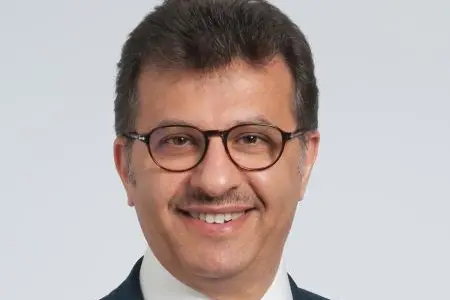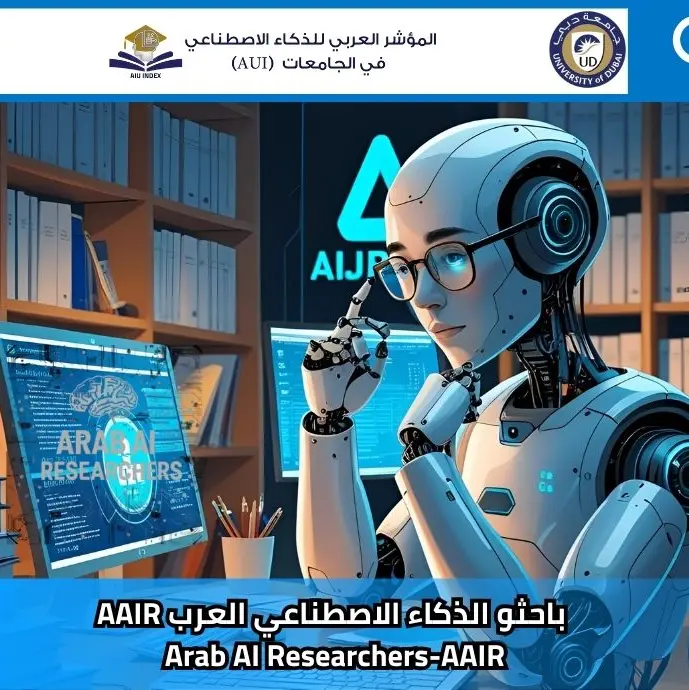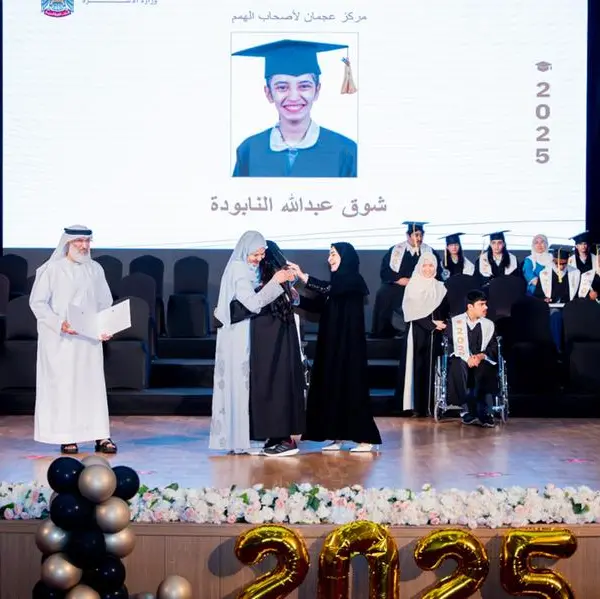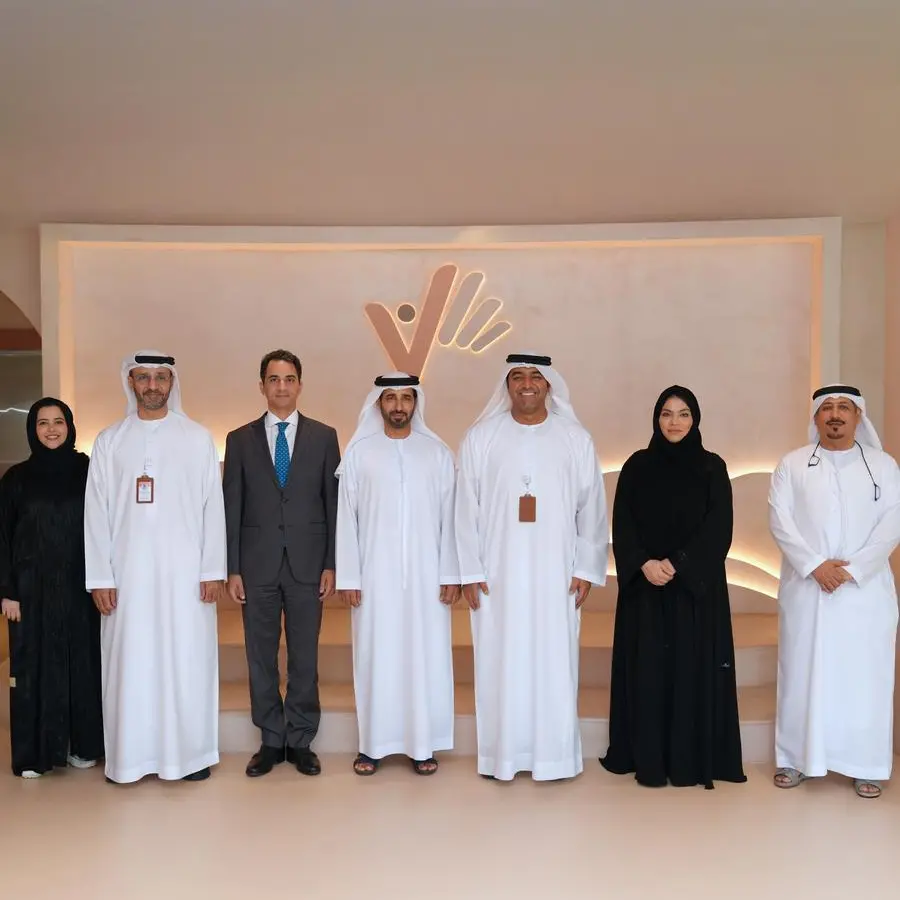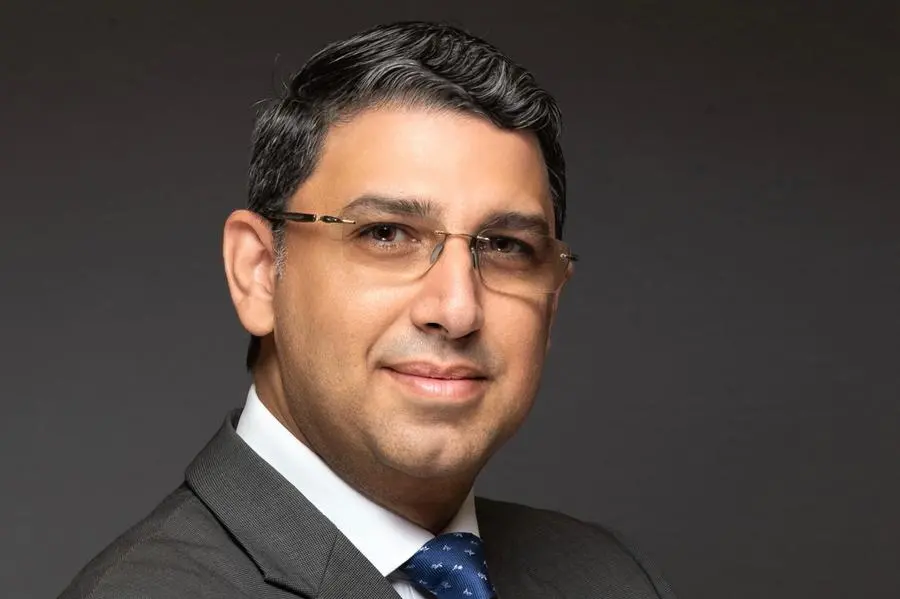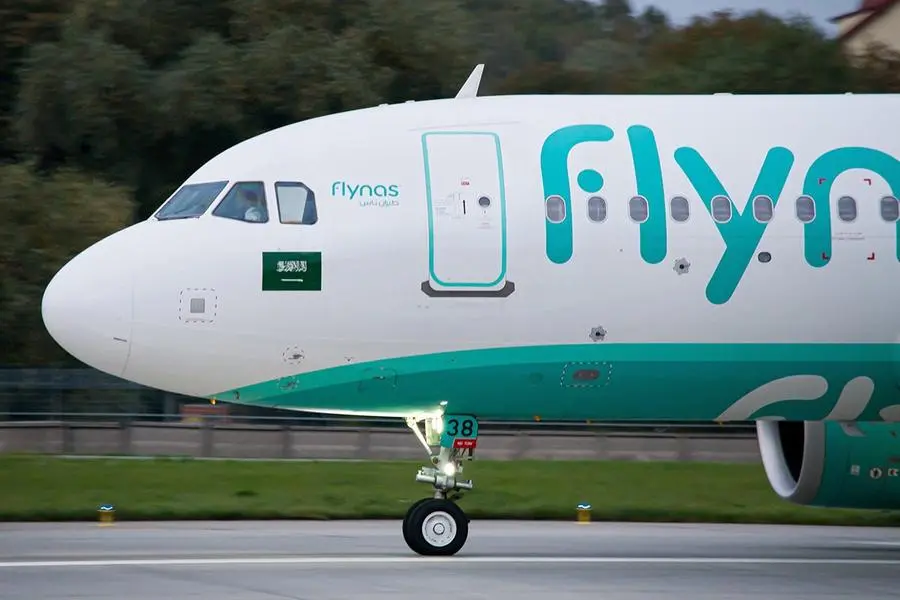PHOTO
Hani Najm, M.D., a Saudi heart surgeon practicing at Cleveland Clinic Children’s in Ohio, U.S., has been making waves in medical and scientific circles through innovative use of 3D printing to create better surgical solutions for people born with complex heart defects. However, he sees even more novel applications of this technology that will transform patient prognoses and heart surgery in the future.
Dr. Najm has received particular acclaim for using 3D models to plan pioneering procedures to treat seven patients whose complex conditions were exacerbated by heterotaxy – a situation where internal organs are not positioned in the chest and abdomen in the standard way.
Of these seven cases, a baby named Paisley Curtis presented with a particularly complex case as, among other defects, her heart did not have the anatomically standard division into two ventricles where the right one pumps blood to the lungs and the left ventricle pumps this oxygenated blood to the rest of the body.
“In the old days these patients were deemed inoperable or ‘unseptatable’, which means that cardiologists and surgeons believed the heart was too complex on the inside to be converted into a standard two-ventricle circulation system. Instead, they would carry out procedures to route the blood into a univentricular circulation, with both ventricles pumping the blood to the body, and the lungs receiving this blood from the body directly through gravity, not a pump,” explains Dr. Najm.
He worked closely with engineers at Cleveland Clinic’s Lerner Research Institute to create a 3D-printed exact replica of Baby Paisley’s heart so that he could plan an operation that would allow him to do a ventricle switch to compensate for her aorta being too far from her left ventricle.
“We converted her heart into a two-ventricle system, but with the right ventricle routed to the aorta, which pumped blood to the body, and the left ventricle pumping the blood to the lungs, instead of the standard assignation,” he says.
“I examined the 3D-printed replica thoroughly before deciding – with reasonable confidence – that these novel procedures would be feasible.”
Dr. Najm adds: “Having the model color-coded according to venous and arterial systems made it easier to plan, and I could hold the 3D heart, cut it, flip it around and see exactly what was possible and how to do it. When I began operating on Baby Paisley, I was faced with an organ that I already knew.”
Over a course of two operations – the first when Baby Paisley was just six days old, the second at nine months – Dr. Najm set about converting her heart in a way that would set her on a viable path in the long term.
He says it is conceivable that at about age 30 or 40, the right ventricle – the one now pumping blood to the body – might not perform as well as the left ventricle, but that this is a relatively easy condition to address, compared with the outcome of the traditional univentricular solution where there is the risk of the heart failing in a worse way and much sooner.
Dr. Najm is often asked whether virtual reality would be a useful or equal technology to exploit in future life-saving operations, but he believes the 3D printing is far superior as the resulting model heart is more accurate than a virtual reality representation, and because surgeons can handle the model to see how it would behave in a way that cannot be matched on screen.
He acknowledges that 3D printing can be costly, however, and says that his team reserves it for complex cases, which means that on average they print one or two a month.
He says that it would not help if commercialized software for medical 3D printing became widely available as the input of the clinician is needed to ensure the maximum value from the 3D printed model.
As for what the future holds, Dr. Najm predicts 3D printing has even more revolutionary applications to offer.
“It is important to remember that it is not just a new technology on its own that advances progress, but rather the application of the technology.
“I believe in future we will be able to order patches for hearts, such as a valve, in the exact dimensions we need. As these patches won’t be generic, but instead will be made specifically for the patient, they can just be stitched in.”
Dr. Najm adds: “While bioprinting with tissue is already being explored, we still need to get over the hurdle of what material will be used, but I believe it will come.”
-Ends-
Cleveland Clinic Corporate Communications
9500 Euclid Ave. / JJN4-01
Cleveland, OH 44195
United States
Phone: +1.216.444.0141
newsroom.clevelandclinic.org
Contact:
Mark Robinson, +971.55.127.9764, mark.robinson@wallispr.com
Angie Kiska, +1.216.444.6002, kiskaa@ccf.org
About Cleveland Clinic
Cleveland Clinic is a nonprofit multispecialty academic medical center that integrates clinical and hospital care with research and education. Located in Cleveland, Ohio, it was founded in 1921 by four renowned physicians with a vision of providing outstanding patient care based upon the principles of cooperation, compassion and innovation. Cleveland Clinic has pioneered many medical breakthroughs, including coronary artery bypass surgery and the first face transplant in the United States. U.S. News & World Report consistently names Cleveland Clinic as one of the nation’s best hospitals in its annual “America’s Best Hospitals” survey. Among Cleveland Clinic’s 66,000 employees are more than 4,200 salaried physicians and researchers and 16,600 nurses, representing 140 medical specialties and subspecialties. Cleveland Clinic’s health system includes a 165-acre main campus near downtown Cleveland, 11 regional hospitals in northeast Ohio, more than 180 northern Ohio outpatient locations – including 18 full-service family health centers and three health and wellness centers – and locations in southeast Florida; Las Vegas, Nev.; Toronto, Canada; Abu Dhabi, UAE; and London, England. In 2018, there were 7.9 million total outpatient visits, 238,000 hospital admissions and observations, and 220,000 surgical cases throughout Cleveland Clinic’s health system. Patients came for treatment from every state and 185 countries. Visit us at clevelandclinic.org. Follow us at twitter.com/CCforMedia and twitter.com/ClevelandClinic . News and resources available at newsroom.clevelandclinic.org.
© Press Release 2019Disclaimer: The contents of this press release was provided from an external third party provider. This website is not responsible for, and does not control, such external content. This content is provided on an “as is” and “as available” basis and has not been edited in any way. Neither this website nor our affiliates guarantee the accuracy of or endorse the views or opinions expressed in this press release.
The press release is provided for informational purposes only. The content does not provide tax, legal or investment advice or opinion regarding the suitability, value or profitability of any particular security, portfolio or investment strategy. Neither this website nor our affiliates shall be liable for any errors or inaccuracies in the content, or for any actions taken by you in reliance thereon. You expressly agree that your use of the information within this article is at your sole risk.
To the fullest extent permitted by applicable law, this website, its parent company, its subsidiaries, its affiliates and the respective shareholders, directors, officers, employees, agents, advertisers, content providers and licensors will not be liable (jointly or severally) to you for any direct, indirect, consequential, special, incidental, punitive or exemplary damages, including without limitation, lost profits, lost savings and lost revenues, whether in negligence, tort, contract or any other theory of liability, even if the parties have been advised of the possibility or could have foreseen any such damages.
